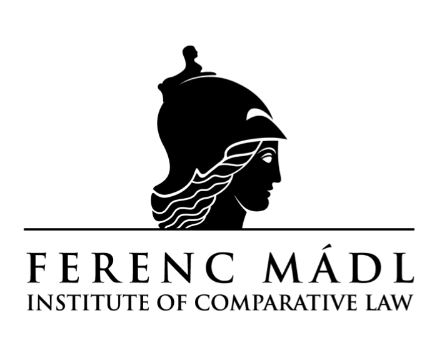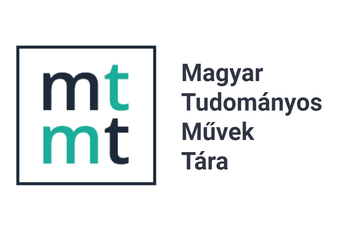Canon law aspects of children’s rights
DOI:
https://doi.org/10.46941/2023.e1.12Keywords:
children’s rights, gravest delicts, protection of rights of minors, protection of victims, educational rights of parents, religious freedom, integrated education.Abstract
The canonical system of the Catholic Church considers the human being as a person who, according to the revelation, is created in the image and likeness of God and therefore deserves equal human dignity (regardless of age, gender; biological-, physical-, spiritual-, social conditions). This explains the fact that canon law sources already before a separate “children’s rights system” (i.e., 20th century) protected children’s rights from the time of the Early Church. Naturally, there is the painful phenomenon of sexual abuse of minors, which has been the most highlighted issue in the Church’s relationship with children in the last decades. It might seem that the protection of the rights of minors (i.e., children) is limited to the prevention and sanctioning of this gravest delict and the special care of the victims. However, the protection of children’s rights within the Church is much broader. Therefore, the right of parents to educate their children freely following their faith is also an essential right according the Church’s documents, since 1929.
References
Bertram, M. (2012) ‘Decretales de Gregorio IX’. in Otaduy, J., Viana Tomé, A., Sedano Rueda, J. Diccionario General de Derecho Canónico, 1a. ed. Cizur Menor Navarra: Aranzadi, pp. 916-923.
Halmai, G., Tóth, G. A. (2008) Emberi jogok. Budapest: Osiris.
Landau, P. (2008) Gratian and the Decretum Gratiani, in Hartmann, W., Pennington, K. (eds.) The History of Medieval Canon Law in the Classical Period, 1140 – 1234 (History of Medieval Canon Law 6), Washington D.C.: Catholic University of America Press, pp. 22-54; https://doi.org/10.2307/j.ctt2853s5.6.
Lux, Á. (2018) A gyermekek jogai. in Jakab, A., Fekete, B. (eds.) Internetes Jogtudományi Enciklopédia (Alkotmányjog rovat), [Online] Available at: http://ijoten.hu/szocikk/a-gyermekek-jogai (Accessed: 4 January 2023)
Sedano, J. (2015) ’Dal Corpus Iuris Canonici al primo Codex Iuris Canonici: Continuità e discontinuità nella tradizione giuridica della Chiesa latina’, Folia Theologica et Canonica, 4 (26/18) pp. 215-238.
Sedletzki, V. (2012) Championing Children's Rights: A global study of independent human rights institutions for children, Innocenti Publications, Florence: UNICEF.
Szuromi, Sz. A. (2016a) ’I delitti più gravi punibili dalla disciplina canonica nella prospettiva della storia della Chiesa.’ Periodica de ReCanonica, 105(3) pp. 369-394.
Szuromi, Sz. A. (2016b) ’The religious dimension of education as one of the primary principles of religious freedom based on human dignity’, Folia Theologica et Canonica, 5 (27/19) pp. 137-144.
Szuromi, Sz. A. (2021) ’Religious Education of the Catholic Church, since the 18th century from canonical and ecclesiastical law aspects’, Archiv für katholisches Kirchenrecht, 188(1), pp. 4-15; https://doi.org/10.30965/2589045x-1880102.
UNICEF (no date) History of child rights - International standards have advanced dramatically over the past century – explore the milestones [Online]. Available at: https://www.unicef.org/child-rights-convention/history-child-rights (Accessed: 26 January 2023).
Willis, J. R. (ed.) (2002) The Teachings of the Church Fathers, San Francisco, CA: Ignatius.





